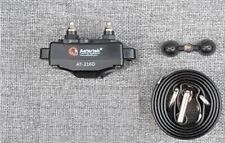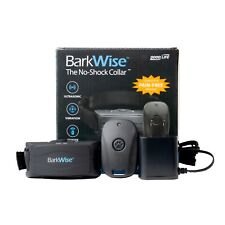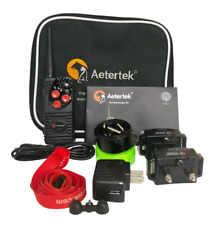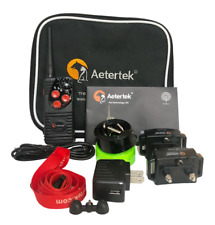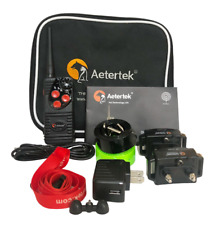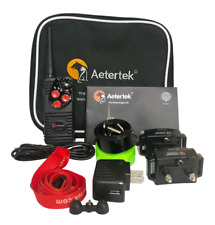Teach Your Dog to Like His Crate

Often people assume that because a dog is barking complaints about being left in his crate, the dog has separation anxiety. Not necessarily true. Fido may be yapping, pacing and generally unhappybecause he just doesn’t feel good about being in the crate. Let him out of the crate and he can at least deal with the fact that you’re gone.
Some dogs that detest their crates can actually develop a kind of separation anxiety that they never had in the first place. Knowing that he is going to be forced into the dreaded crate when you’re about to leave the house, the pooch begins to get anxious. This sort of anxiety worsens over time, building on itself. Ultimately, if the dog suspects you’re leaving, he’ll become anxious.
People can also go wrong when they give the dog "time outs" by sending him to his crate when he misbehaves, just as kids are sent to their room. First, dogs aren’t kids. So, unlike children – who are better at reasoning – dogs simply equate being in the crate with being away from their family. In fact, being in solitary confinement in a far-off room – where the crate typically is located – is the worst punishment you can deliver to most pups.
Second, dogs don’t understand exactly what it is they’ve done wrong in the first place, because people often send the pooch to a time out many minutes – or even hours – after the offense. For example, mom notices that puppy has been chewing on an expensive pillow. Puppy was chewing on it a few hours ago, but mom hasn’t discovered it till now. So she sticks the pup’s nose in into the pillow, hollers a few chosen words, and then hauls him into his crate. It’s unclear what the dog has learned from this experience. Perhaps he’s learned that people are just plain unpredictable, or that when mom’s voice goes up, he’ll have to be in this bad place – the crate.
Crates serve many purposes. For one thing, they can be a tool to housetrain puppies. The idea is that the pup is less likely to go to the bathroom in his sleeping place. That’s usually true. However, if the puppy is extremely anxious and agitated because he hates being in the crate, he may be more likely to have an accident.
A crate should never be used for punishment. Instead, treats should be periodically dropped into the crate for your pup to spontaneously discover. Begin by telling your pooch, "Go to your room" or "Go to your crate" and pointing to the crate door. Inside, the dog can sniff for a goodie. Let the dog scarf it up and then leave the crate. Meanwhile, you act all happy that the dog went into the crate.
Now, when your dog is dog-tired and is seeking a cozy and quiet place to sleep, relocate him to his crate by luring him in with a treat. Sometimes close the door; sometimes keep it open. It helps if the crate is as cozy as can be. If you live in a noisy household, show the dog that the crate is the best place to get away from the ruckus. Meanwhile, continue to periodically feed the dog inside the crate.
Begin to crate the dog for short periods of time when you are home. Again, don’t do this as a punishment. Choose a time when the dog is apt to want to snooze anyway, and when you’re otherwise occupied in the same room the crate is in, so he won’t feel isolated. Ignore any pleas to "let me out." Instead, only let the pooch out when he’s quiet and relaxed.
Also, when you open the crate door, don’t act as if your dog has been in jail for five years. Just nonchalantly open the door. If Fido has been nice and quiet, you can say "good dog." If your dog whines and jumps all over in excitement, don’t acknowledge him until he’s calmed down. Eventually, begin to crate the dog when you’re at home but busy doing things in other parts of the house. Don’t do this if you have company over, because preventing the dog from socializing is not helpful.
The good news is that most puppies can be taught to appreciate their "little dens" inside your home with just a little effort. Older dogs, that already dislike the crate, aren’t as easily swayed, although most can be – in time.

